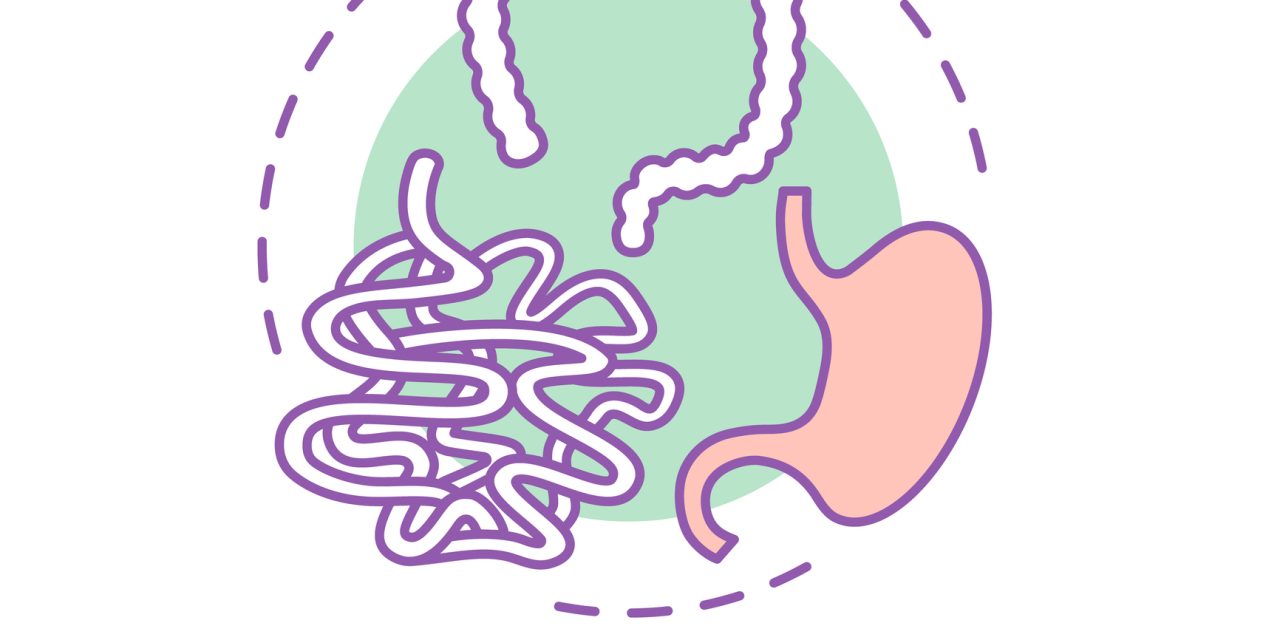Every year, 27,500 children in England are admitted to hospital due to constipation. A standardized measure of whole gut transit time (WGTT) might help with management. The current standard WGTT evaluation, the x-ray radiopaque marker (ROM) test, provides inadequate delineation of colonic architecture and requires too much radiation in youngsters. The goal was to create an alternative magnetic resonance imaging (MRI) WGTT measure to the x-ray ROM test and establish its preliminary viability in children with constipation. Researchers created a tiny, innocuous polypropylene capsule shell filled with MRI-visible fat emulsion in collaboration with the Nottingham Young Person’s Advisory Group. MRI fat and water in-phase and out-of-phase imaging can be used to scan the capsule. Sixteen constipation sufferers and 19 healthy individuals ranging in age from 7 to 18 years old were recruited. Following a standard ROM technique, the subjects consumed 24 mini-capsules each day for three days before being scanned with MRI on days four and seven. The WGTT for patients was 78 35 hours, whereas the WGTT for healthy controls was 36 16 hours. The operations had no effect on the EuroQoL Visual Analogue Scale scores before and after the treatments.
Magnetic Resonance Imaging in Paediatric Constipation was a first-in-human feasibility study of a novel medical gadget that used MRI to evaluate WGTT in children with constipation. The research demonstrated that the novel technique is practical and well tolerated.


